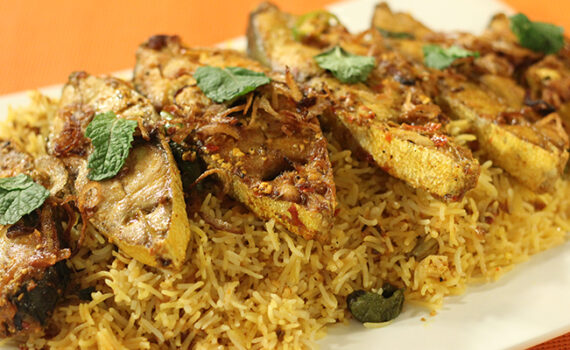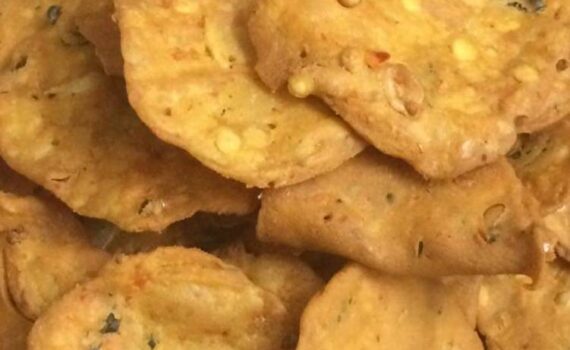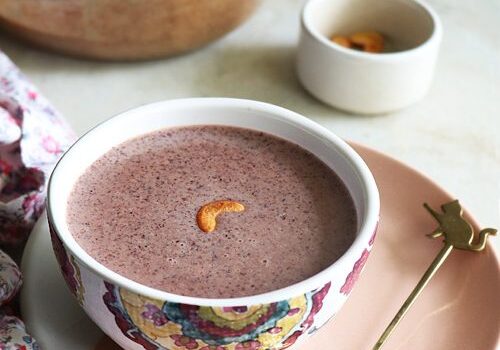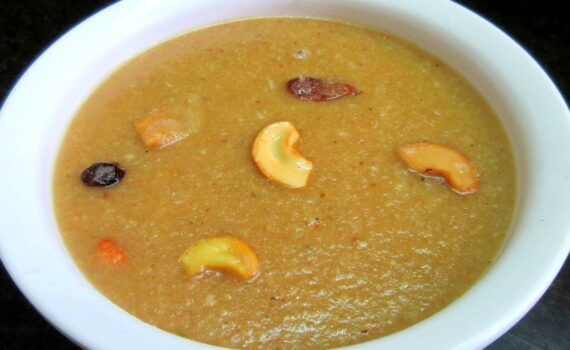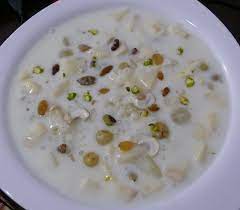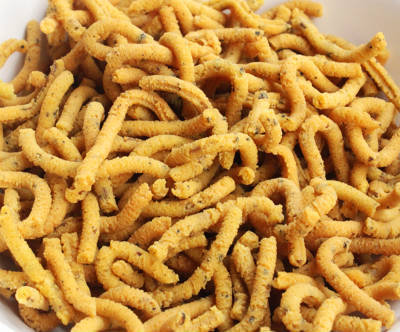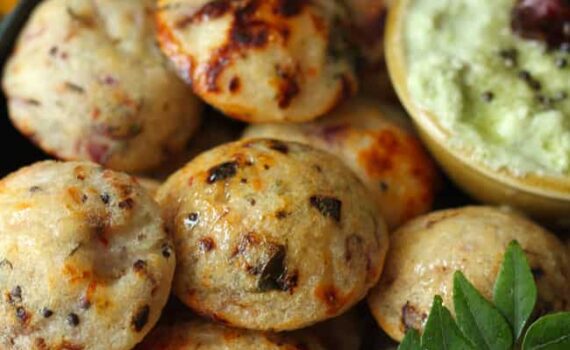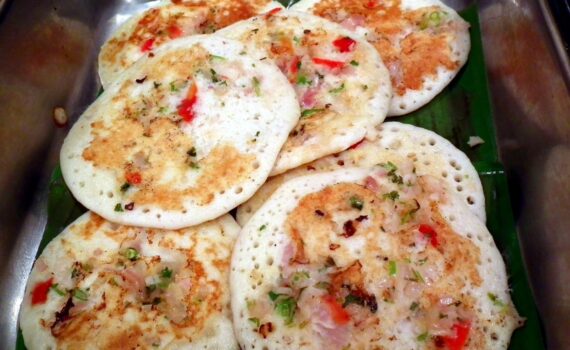
How to Make Onion Uttappam
Category : Samayal Contract
Ingredients needed
- 1/2 cup finely chopped onion
- 1/2 cup plus a little extra Idli batter
- 1-2 minced green chillies
- 1-inch piece minced ginge
- Using oil to make uttapams (sesame seed oil preferable)
Preparation
Combine the onion, green chili, and ginger in a mixing bowl. Add a pinch of salt and mix well. Remember that the dosa batter already contains salt. Prepare this before heating the dosa Tawa.
Method
Heat a Tawa, add a drop of oil and rub half an onion on it. This will make it easier for you to remove the dosa from the Tawa.
When the Tawa is hot enough, reduce the heat to medium and pour a ladle of batter onto it, spreading it in a circular motion to produce a thick dosa, as seen in the picture. Spread it out thinly. Uthappams should be thick and filling.
After a minute, evenly distribute the onion mixture over the dosa. To ensure that the uthappam tastes delicious, use a substantial amount of onions. Press it gently with the dosa ladle or spatula.
Drizzle a teaspoon of oil all over the dosa. Flip the dosa to the other side when the base is golden brown and there are many holes on top.
Drizzle some oil on the opposite side as well. Allow it to cook on the other side. When the dosa is done, remove it from the Tawa and serve hot with chutney or sambar.
Note: For enhanced taste and flavor, sprinkle idli podi after the onions.
Another option is to combine the onions, green chilies, and ginger with the batter and form dosas. Both strategies are effective.
